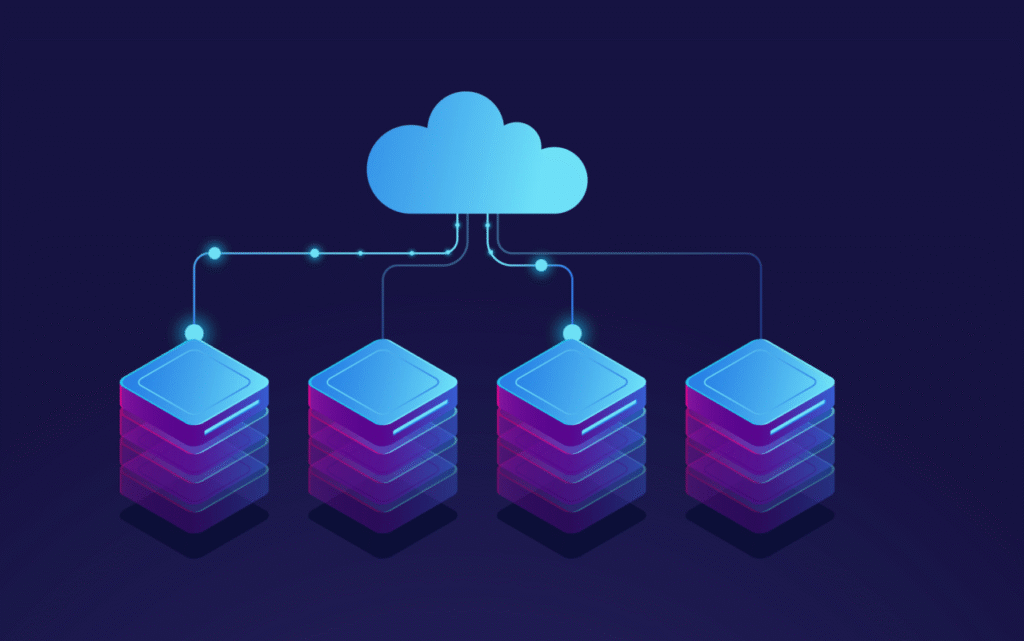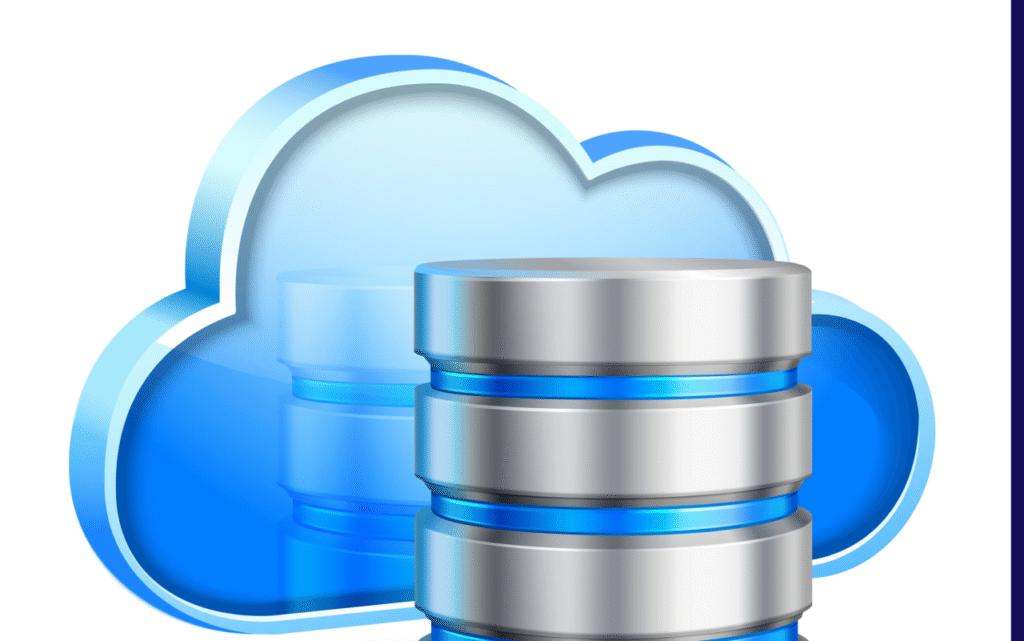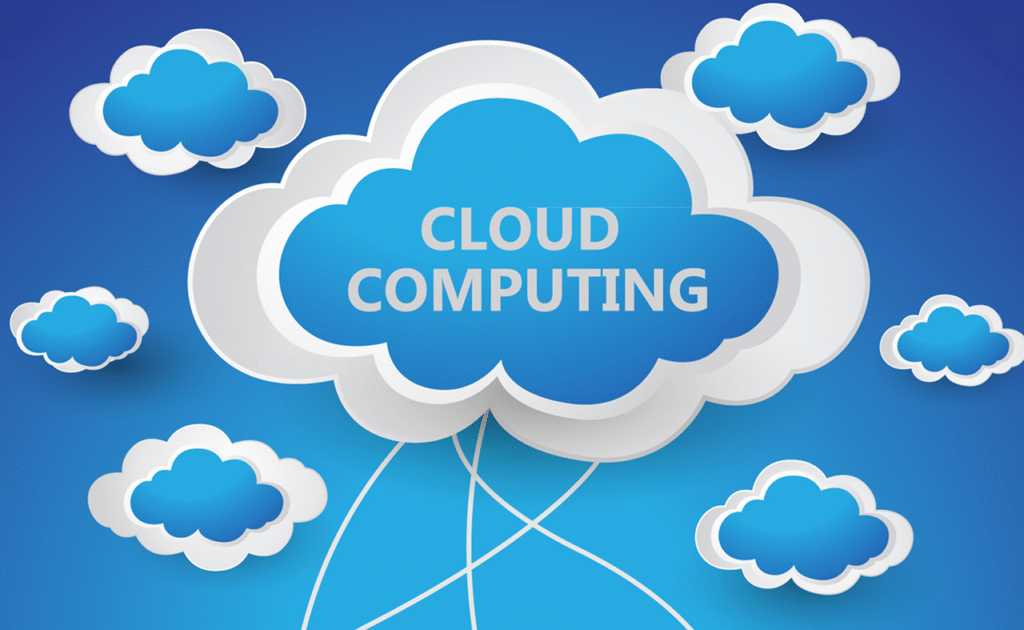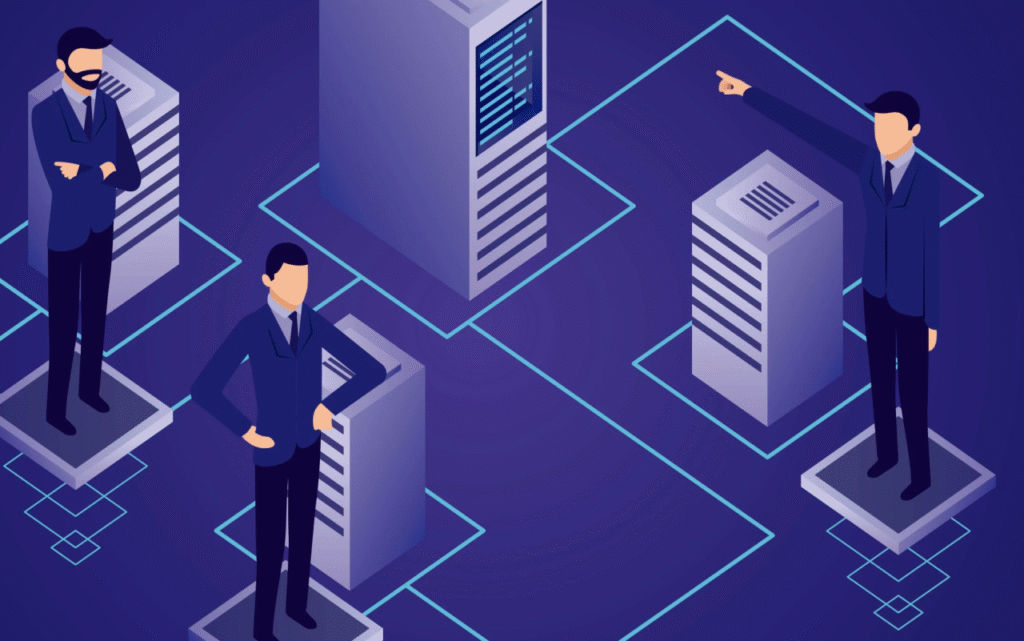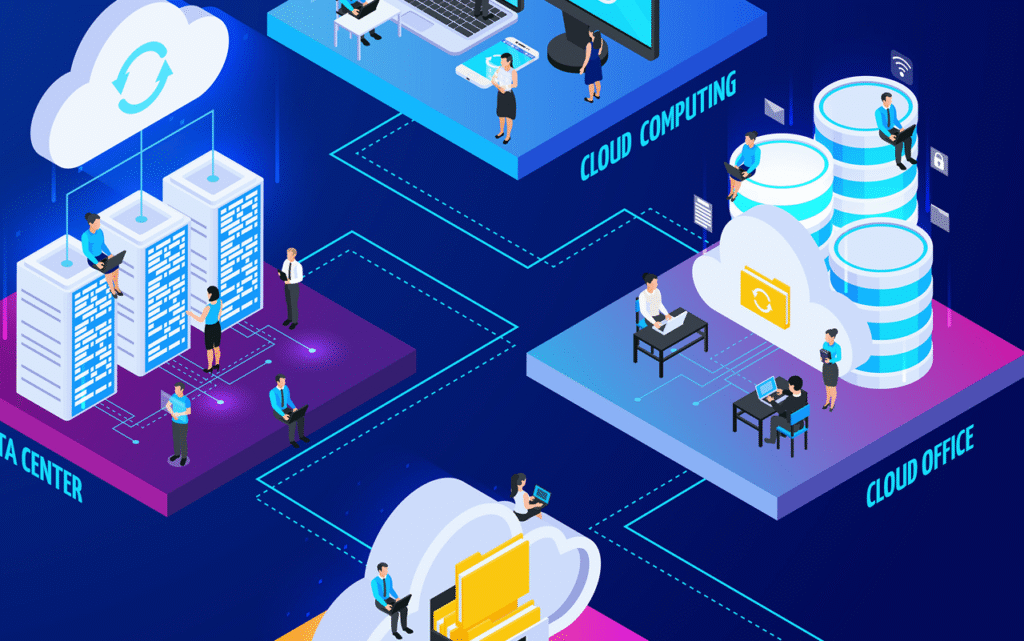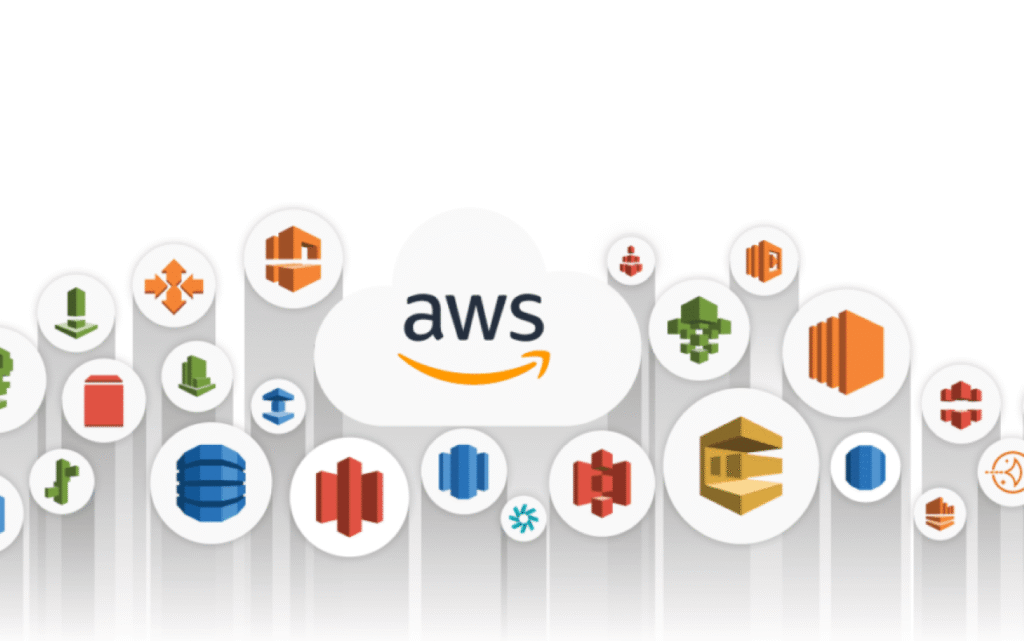How to Create EC2 Instance?
Amazon EC2 (Elastic Compute Cloud) is a web service from AWS that lets you run virtual servers (called instances) in the cloud. These instances can host websites, run applications, store data, or do pretty much anything a physical server would — but without you needing to buy or maintain physical hardware.


